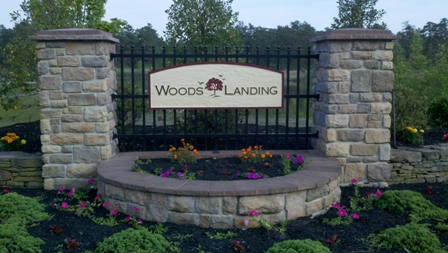Preventing Frozen Pipes
- Running water helps prevent pipes on uninsulated or outside walls from freezing. Leave water faucets open to a trickle.
- Open the kitchen and bathroom cabinets and vanities to allow the warmer interior air to get closer to the cooler exposed pipes.
- Wrap the exposed pipes in pipe insulation. It is usually called pipe sleeve or heat tape and is available at hardware stores.
- When possible, place a space heater in the room with the exposed pipes. Keep the heater away from flammable objects. Be aware of the size of the room vs. the capacity of the heater. If the heater is too big overheating could occur. A heater that is too small is ineffective.
- Keep home heat at least 55° F even if you will be gone for the entire day.
- If you leave your home for an extended period of time, turn the water supply to your home off and drain all of the pipes leaving the faucets open.
- Turn off the water supply for outdoor faucets. Drain the pipe by leaving the outside water faucet turned on while the water source is turned off. If there is any water left in the pipe, it will have an outlet if the pipe freezes, preventing pressure from building up and bursting the pipe.
- Outdoor pool supply lines need to be drained and blown out at the end of the pool season. Frozen pool lines form cracks and breaks resulting in major repairs in the spring. The same procedure applies to sprinkler lines too.
Is the pipe frozen? How can it be fixed?
Pipes are considered frozen if only a trickle of water flows through the pipe when the faucet is open. No running water when water is called for also means the pipe is frozen.
If the pipe is frozen but has not burst, there are a few things to try before calling the licensed plumber.
- Keep the faucet in the fully open position while trying some of these remedies because moving water helps to thaw a frozen pipe.
- Use a hair dryer directed at the frozen pipe.
- Use a heating pad meant for a person. Wrap it around the frozen pipe and turn it on. Be aware of the flow of water vs. the electric plug. The plug must be higher than the pipe or electrocution and fire are possible.
- Do not use heat sources powered by gasoline, kerosene or open flame. Flames can, and more often than not will, overheat the pipe and cause it to burst or break apart.
When should a licensed plumber be called?
- A pipe has already burst
- Water cannot be turned off at the source
- The frozen part of the pipe cannot be located
- Above processes do not make a difference in the water flow
- A homeowner cannot physically do the previous steps



